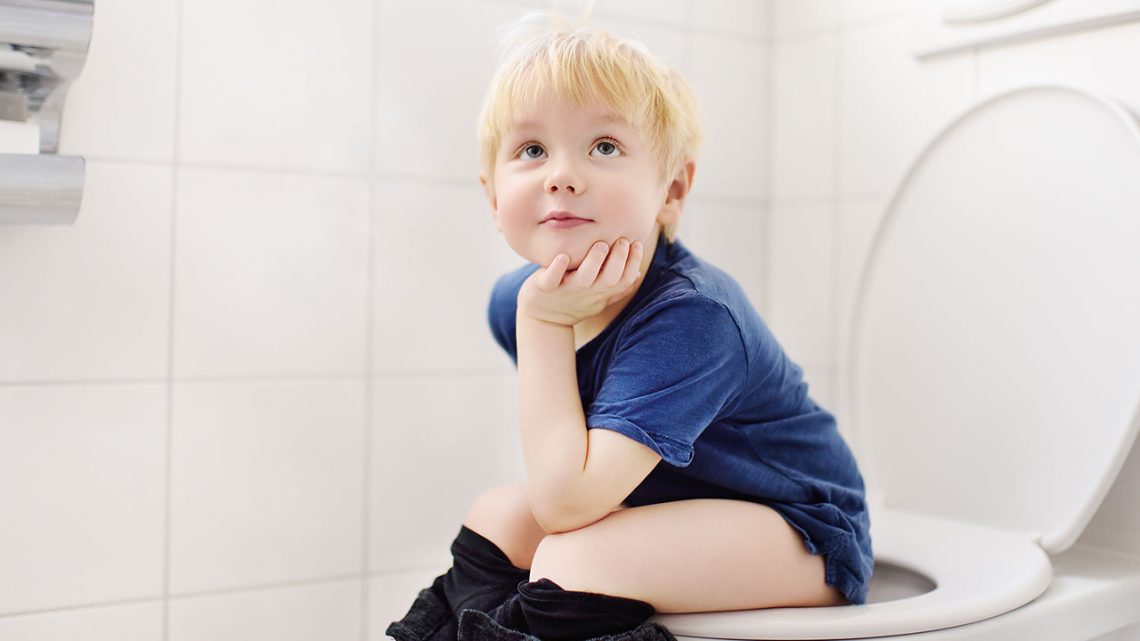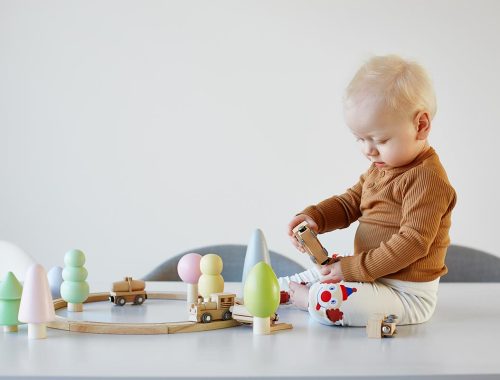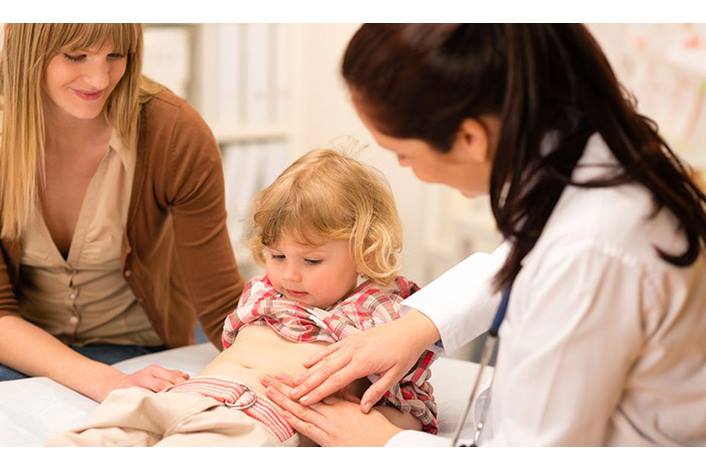
Everything You Should Know about Constipation in Children (Part Three)
This is the continuation of our blog on dealing with constipation in children. Check out our first and second part before if you haven’t done so yet.
Today, we’ll uncover more about recommended measures and urgent treatments. Read on!
Hygienic Measures
The establishment of good hygienic defecation habits will be, together with dietary measures, the treatment of choice for childhood constipation.
In children under two years of age, disciplinary measures should be avoided. At this stage, the best advice is that dietary measures should be accompanied by a regular meal schedule, a pleasant environment adapted to this age and correct hygiene in the diaper area. On some occasions, if there are local lesions, it will be necessary to apply anti-irritant and healing ointments two or three times a day.
In children who no longer use a diaper, it is recommended to sit the child on the toilet for 5 to 10 minutes every day at the same time after one of the main meals, taking advantage of the reflux. In smaller children, it is best to use potties or other devices. If they sit on the toilet, it is very convenient to place a stool under their feet that lifts their legs and helps them force themselves to defecate, thus conveying a sense of play and not punishment. Rewards and praise can be used if the child has a bowel movement, but reprimand should be avoided if the child does not. In an older child, establishing a regular bowel movement habit can be encouraged by creating a calendar or chart with colored stickers to record successes and failures in this endeavor.
Parents and caregivers should prevent the child from resisting the urge to go to the bathroom. The urge to defecate should be met immediately. In this sense, games and television often delay the initial urge to defecate.
The child should eat properly, chew food well and eat at regular times. Moderate physical exercise, such as walking or cycling, is also beneficial for constipation.
After defecation, the affected area should be cleaned with warm water. If there are local sores, it will be necessary to use specially formulated ointments two or three times a day.
Some children with chronic constipation have associated personality disorders and may also require psychological treatment.
Pharmacotherapy
Pharmacological treatment of constipation consists of the administration of laxatives. Laxatives can be divided into different categories, depending on their mechanism of action: bulk laxatives, emollients, lubricants, osmotics, and stimulants.
Bulk Laxatives
Bulking laxatives contain fiber and are indicated in chronic idiopathic constipation. Their mechanism of action is closest to the natural process of increasing fecal volume. For this reason, they are the initial pharmacological treatment in functional constipation. They begin to act 12 to 24 hours after administration and may take two to three days to take effect. Parents should be advised that they do not work immediately. For them to work properly, additional fluid intake will be required.
Their main side effects are due to the fiber they contain. They can produce a feeling of fullness and flatulence, so it is recommended to start using them in low doses and gradually increase them until the ideal dose is found to achieve intestinal regularization. It is also advisable to increase the fluid intake and even change the preparation if the side effects are not reduced. They can interfere with the absorption of calcium, iron and other substances (salicylates, digoxin, theophylline, etc.), so it is necessary to respect a time interval (at least one hour) between the ingestion of the laxative and other medications.
It should be taken into account that this type of laxative, due to the increase in volume, can cause a blockage of the esophagus, so they should not be taken before going to bed.
They are contraindicated in cases of diverticulitis, intestinal obstruction and in children with gluten allergy and coeliac disease. Some bulky laxatives contain glucose, a circumstance that must be taken into account for patients with diabetes.
Have you ever given your child some laxative? Let us know in the comments which one. And if you want to learn more about them, come back later to check the fourth part of our article.
You May Also Like

Fun With Chemistry: Having Chemical Magic Sessions With Kids (Part 2)
2021-09-29
Is Depriving My Kids of Toys a Good Idea?
2022-09-12


